Anxiety disorders form a category of mental health problems that lead to excessive nervousness, fear, apprehension, and worry. These disorders can alter how a person processes emotions. Mild anxiety might be vague and unsettling, while severe anxiety may seriously affect day-to-day living.
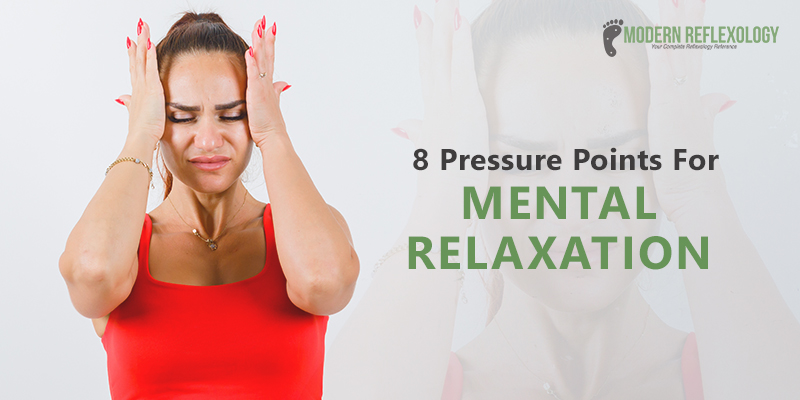
To treat anxiety and relax your mind, pressure points for anxiety can be applied, although there is limited research about the use of acupressure for anxiety. And, most of the studies that do exist have focused on pressure points for anxiety before a potentially stressful situation or medical procedure, rather than general anxiety.
According to a 2015 review of several studies examining the effects of acupressure on anxiety, it was found that acupressure seemed to help relieve anxiety prior to a medical procedure such as surgery. Another study conducted in 2018 examined the effects of acupressure on people’s well-being. Overall, the researchers found that acupressure reduced anxiety, suggesting some placebo effects.
Most recently, a 2018 study found that acupressure helped reduce stress and anxiety symptoms in women receiving fertility treatments.
What are the pressure points you can try for mental relaxation?
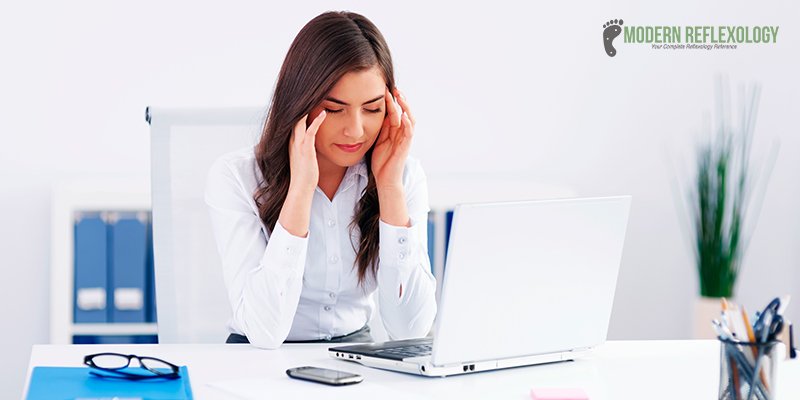
Acupressure is a form of traditional Chinese medicine that may provide relief from anxiety symptoms, thus relieving mental issues. It involves stimulating pressure points in your body, either on your own or with the help of a professional. Acupressure is one of the crucial relaxation techniques for anxiety.
Here mentioned are some acupressure points for anxiety:-
1. Governing Vessel 20
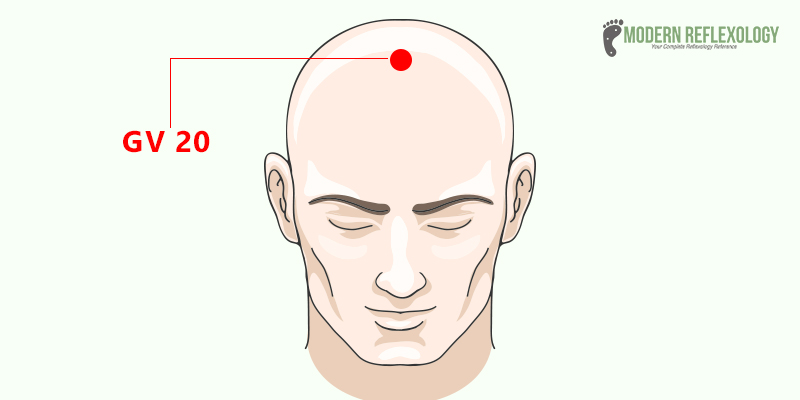
This pressure point is located at the crown of the head. Place a finger at the top of each ear and follow an imaginary line upward. It is located where your two fingers meet. Governing Vessel 20 regulates the movement of all yang energy in the body. Pressing on this point can raise the yang to lift depression and sadness. And, it can ground energy to ease anxiety and overthinking.
2. Spleen 6
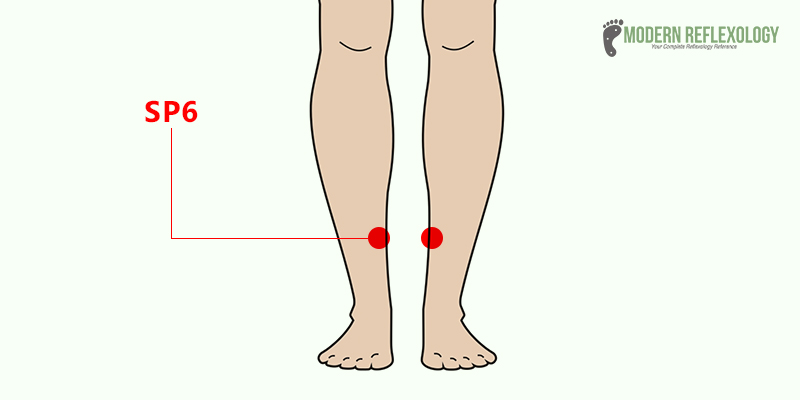
It is located on the inside of your leg, just above your ankle. It is one of the best pressure points for digestive, gynecological, and urinary issues, as well as emotional and sleep disorders. It is also named as “3 yin crossing” because the liver and kidney meridians pass here. Do not use this pressure point if pregnant.
3. Shou San Li
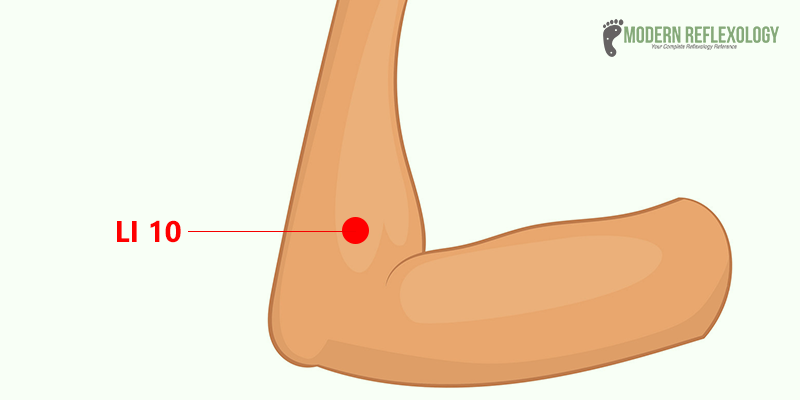
This pressure point affects energy flow to the large intestine. Applying pressure to this point may help ease a range of anxiety symptoms. To find it, position two fingers horizontally directly below the outer elbow while bending the joint to about 90 degrees. Massage gently for 4 – 5 seconds.
4. Hall of impression point
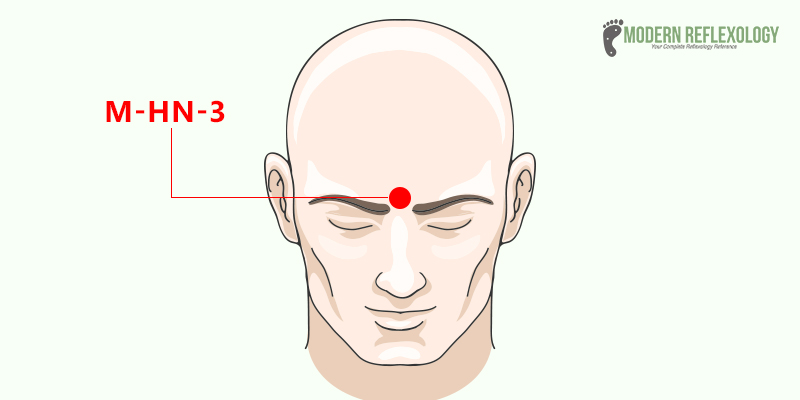
This pressure point lies between your eyebrows. Applying pressure to this point is said to help with both anxiety and stress. To apply this point, you must touch the spot between your eyebrows with your index finger or thumb. Take slow, deep breaths and apply gentle, firm pressure in a circular motion for 5 to 10 minutes.
5. Heavenly gate point
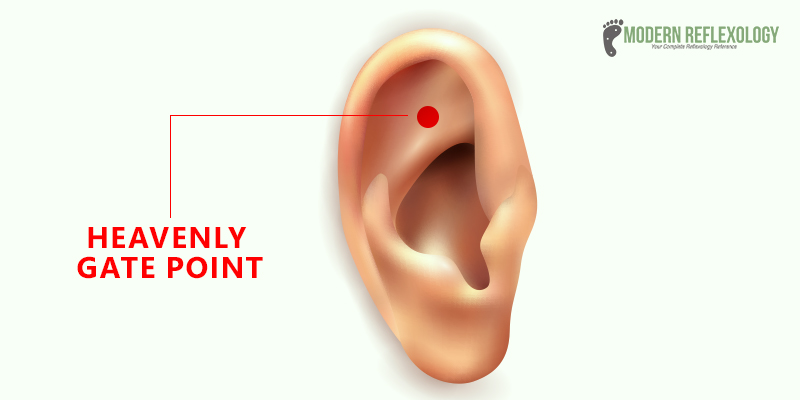
This pressure point is located in the upper shell of your ear, at the tip of the triangle-like hollow there. Stimulating this point is said to help relieve anxiety, stress, and insomnia. You may apply firm, gentle pressure in a circular motion for two minutes to relax your mind. It is considered one of the significant pressure points for relaxation.
6. Shoulder well point
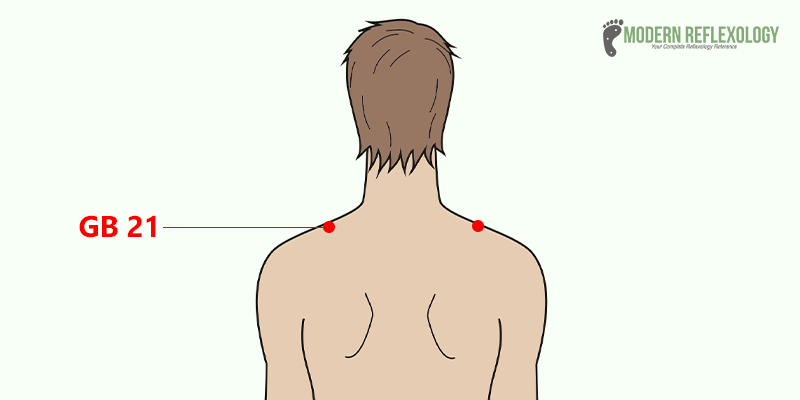
The shoulder well point is in your shoulder muscle. To find it, pinch your shoulder muscle with your middle finger and thumb. This pressure point is said to help with relieving muscle tension, stress, and headaches. It can even help to induce labor pains. So, you may avoid applying this point if you are pregnant. In order to use this point, find the point on your shoulder muscle and pinch the muscle with your thumb and middle finger. Apply gentle, firm pressure with your index finger and massage the point for four to five seconds. Release the pinch as you massage the point.
7. Union valley point
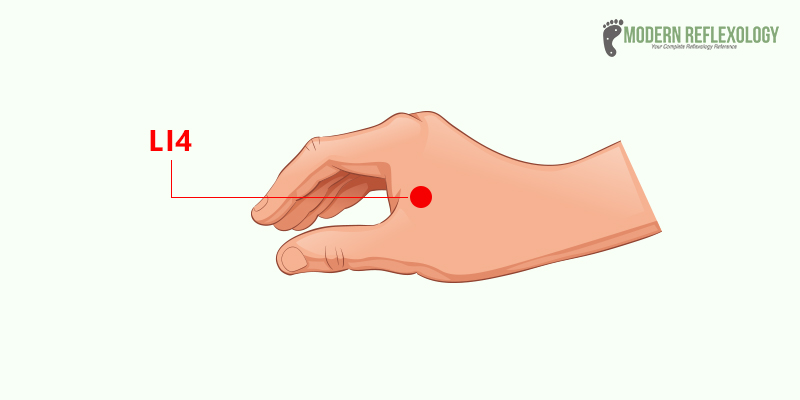
You can locate this pressure point in the webbing between your thumb and index finger. Stimulating this pressure point is said to reduce stress, headaches, and neck pain. Using index finger and thumb, apply firm pressure to the webbing between the thumb and index finger of your other hand, and massage the pressure point for four to five seconds, taking slow, deep breaths. This pressure point can also induce labor, so avoid this point in case of pregnancy.
8. Great surge point
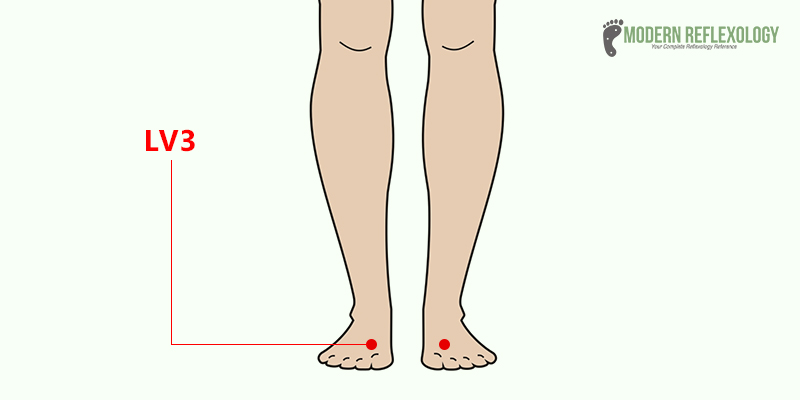
It is located on your foot, about two or three finger widths below the intersection of your big toe and second toe. The point lies in the hollow just above the bone. Applying pressure points may help to reduce anxiety and stress. You can also use it for pain, insomnia, and menstrual cramps. You can find the point by moving your finger straight down from between your first two toes. Apply firm, deep pressure to the point and massage for four to five seconds.
Inner frontier gate point – The inner frontier gate point is located on your arm, about three finger widths below your wrist. Stimulating this point may help to reduce anxiety while also relieving nausea and pain. To apply this point as a relaxation therapy in mental health, turn one hand such that your palm faces upwards and apply pressure to the point, and massage for a few seconds.
When should you see a doctor?
While acupressure therapy is one of the best types of relaxation techniques, there is not much evidence to support that it will help with long-term anxiety. In case, if you find that your anxiety symptoms are severe, you must consult a doctor. It is important to talk to a medical professional, if you start to experience feelings of depression, thoughts of suicide, panic attacks, difficulty in sleeping, headaches, and digestive problems.
Few other mental relaxation tips
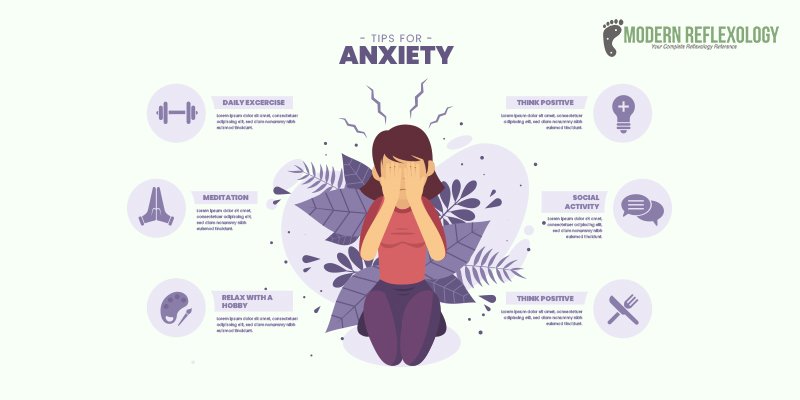
Anxiety issues can be treated with acupressure therapy. However, there are few other techniques to relax your mind and reduce or eliminate anxiety problems. For example:-
- Walking – According to the doctors, outside, doing wonders for anxiety. While walking, pay attention to the surrounding sounds, the feel of the wind against your skin, and the surrounding smells. Keep your phone in your pocket, and do your best to stay in the moment by focusing on your senses and the environment.
- Yoga – Yoga is one of the best forms of exercise that can help to reduce anxiety. It plays a vital role in relaxing and refreshing your mind.
- Therapy – Going for a therapy session with a psychiatrist can help a person identify effective strategies for managing their anxiety, controlling automatic negative thoughts, and coping with trauma.
- Medication – There are certain fast-acting anti-anxiety medications that can ease symptoms of panic, while antidepressants may help people with anxiety relating to depression.
Conclusion:-
Anxiety disorders can be a chronic medical condition. People with anxiety disorders, such as generalized anxiety or obsessive-compulsive disorder (OCD), may struggle with anxiety over the long term.
Acupressure is an effective way for managing anxiety symptoms, but as mentioned above in the article, there is insufficient data to support its use as a treatment for ongoing anxiety. Yet, applying these acupressure points for anxiety and depression relief can be really beneficial. If your anxiety symptoms become more severe or start interfering with your day-to-day life, then, you must reach out to a suitable doctor for proper medical treatment.
Frequently Asked Questions:-
Is Acupressure therapy effective for mental health?
Acupressure therapy has been known to provide effective forms of stress relief. This can help improve emotional and mental well-being and ease different types of symptoms associated with specific mental health disorders, such as anxiety and depression.
Does Acupressure Really Work?
Certain medical studies have suggested that acupressure may be effective at helping manage nausea and vomiting, low back pain, tension headaches, stomach ache, among other things. Yet, there is no reliable evidence for the effectiveness of acupressure.
How long does acupressure take to work?
An acupressure therapy session typically lasts for about one hour. You may need several sessions for the best results. The major objective of acupressure or other types of Asian bodywork is to restore health, provide balance to the body’s channels of energy, and regulate opposing forces of yin (negative energy) and yang (positive energy).
Who should not use acupressure?
Studies have shown that certain types of pain are linked with feelings of anxiety and worry. Although acupressure is not age-restrictive, people with high blood pressure and pregnant women should refrain from acupressure therapy. This is important to note because there are specific acupressure points that can cause miscarriage.
To know more about the appropriate pressure points to relieve stress, you may get in touch with an acupressure therapist. A professional and experienced therapist will guide you about the right techniques of applying acupressure points to minimize stress and attain good mental health.

Comments are closed